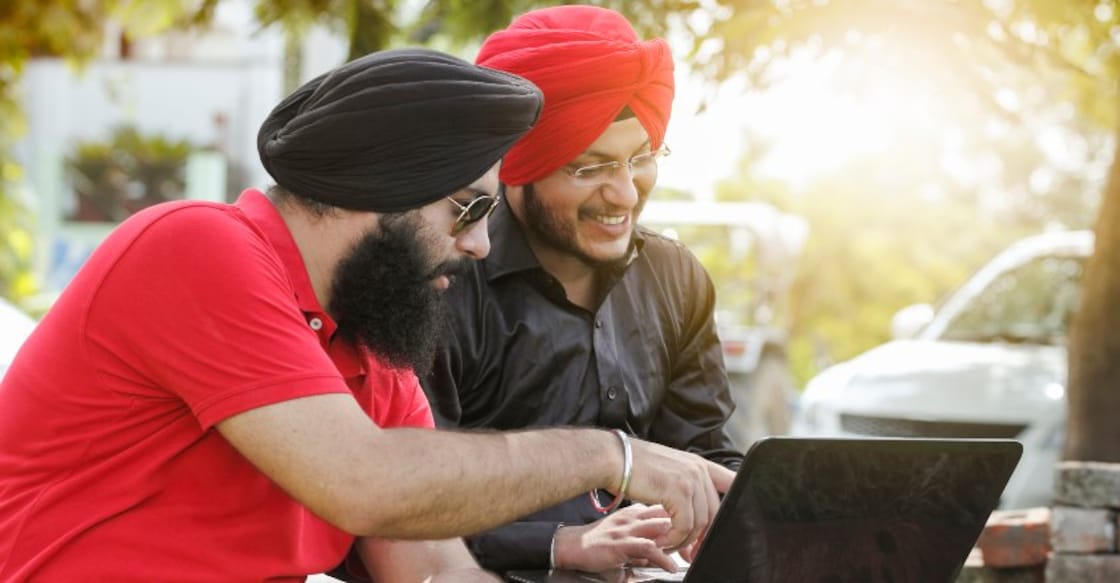How Sikhs have blended into Kochi’s cultural melting pot

Mail This Article
On an otherwise uneventful summer day in the early 1950s, my great-grandmother followed her usual daily routine of going to the Chittur River for a morning bath. This was the time of day that most women from the village of Thathamangalam in Palakkad district went to the riverside for their ablutions. This summer morning, however, had a huge surprise for the women of the village: a group of “sadhus” were bathing by the river and people started praying to them!
Rare sight
These men, who were mistaken for holy men, were actually Sikh army officers who were probably on their way to Ernakulam. But for the women of Thathamangalam, the sight of men with such long hair implied something else. The Palakkad district at that time had seen the odd English bureaucrat, but a Sikh was a novelty. This story came to me from my grandmother. I have heard similar stories from other parts of Kerala, so this could be a case of fables being etched into popular memory.
A place like Punjab would have seemed as remote to a Malayali villager as a corner of the Kamchatka peninsula does to a modern urban Indian. People at that time had mostly heard of north-western India from the radio and newspapers. Of course, there were also army officers and soldiers from Kerala who had seen other parts of the country. They returned home with stories of exotic people and customs.

As independent India shed its colonial baggage, a lot more people ventured out of the tranquillity of Kerala in search of employment and adventure. The same great-grandmother, who thought the Sikhs were sadhus, ended up getting a daughter-in-law who was born in Multan!
Turnaround
Decades later in a corner of Kochi I saw a Sikh gentleman involved in an animated conversation with a young man. The former had a perfect Ernakulam accent. While I was amazed with his Malayalam, which was far better than mine, my local friend shrugged it off and said there was a small but well-integrated “Malayali-Sikh” community in the city. He added that some Sikhs are so integrated that they speak English with a Malayalam accent!
Sikhs have a well-earned reputation of integrating with the local population wherever they go, whether it’s enjoying a pint in a British pub or speaking flawless Burmese in Yangon.
The first Gurudwara in Kochi opened in 1955 and was relocated to the Chakkalakal Road in the 1970s when land was acquired for the Cochin Shipyard. Kerala probably seemed a world away for the first members of the community who settled in the state in the 1950s and 60s. Information, ideas and culture did not flow back and forth across India the way it does now. Kochi would have felt as much like a foreign city as any for this community at that time.
However, at present, the Sikh community blends into the fabric of Kochi, a city that has absorbed influences from places as diverse as China, the Arabian Peninsula and Portugal.
Over the last few decades, restaurants serving Punjabi food have come up in different parts of Kerala. For every Sikh who claims the sarsson ka sag in any restaurant in Kerala doesn’t taste like the original, I can say there is a Malayali who has complaints of paneer being used as a substitute for meat in Kerala dishes in the northern parts of the country.

One of the integral parts of Sikh culture and psyche is the mobilisation of the community during times of natural disaster. This was in full evidence last year when Kochi’s Sikhs set up a langar (free meal) service for those affected by the floods. The community managed to coordinate the arrival of volunteers from other parts of India and worked tirelessly to provide food at a relief camp set up in a school. These efforts were also supported by Sikh groups abroad.
Since those Sikhs took a bath on the Chittur River in the 1950s, Kerala’s society has changed beyond recognition. Bhangra, sangeet, mehendi and other things one would normally associate with Punjab are now becoming increasingly common in Malayali weddings. I would be happy to keep my opinion about these ‘imports’ to myself. However, wouldn’t it be wonderful if more middle-class Malayalis adopted the philanthropic zeal of our Sikh brethren as well?



